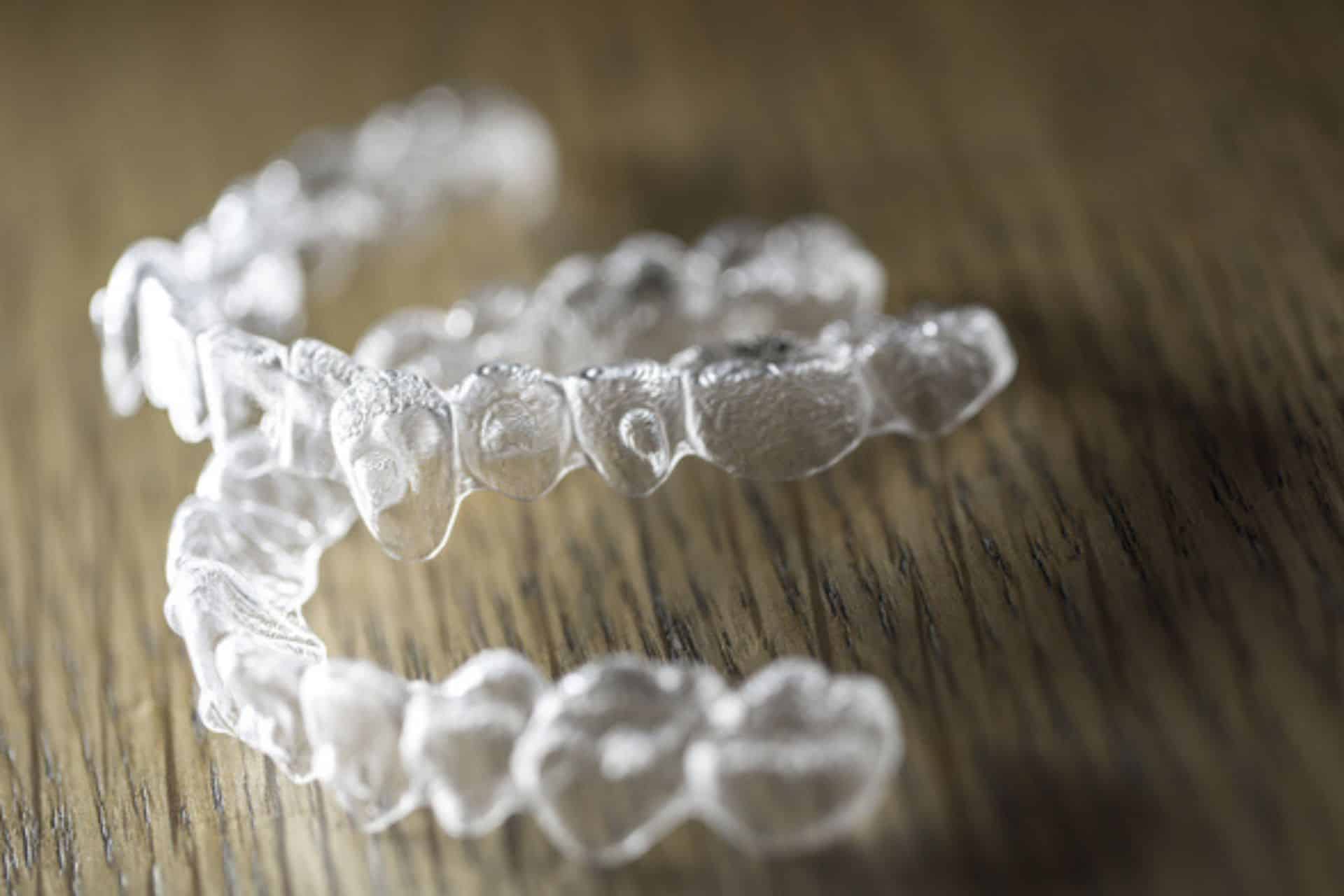Are Clear Aligners as Effective as Traditional Braces?

Understanding Your Options
Traditional braces use metal brackets and wires attached to your teeth. Your orthodontist tightens the wires during regular visits to slowly move your teeth into the right position.
Clear aligners are transparent plastic trays that fit over your teeth. You wear each set of aligners for about two weeks, then switch to the next set in the series. Each new aligner moves your teeth a little bit closer to where they need to be.
How Does Clear Aligners Effectiveness Compared to Braces?
Here’s the honest answer: both treatments work really well, but they’re good at fixing different problems.
Traditional braces can handle almost any tooth problem, from simple gaps to complicated bite issues. They work 24/7 because they’re permanently attached to your teeth. This makes them excellent for severe crowding, large gaps, or teeth that need to rotate significantly.
Clear aligners are extremely effective for mild to moderate tooth problems. They work great for closing small gaps, fixing crowding, and correcting minor bite issues. The key is that you must wear them 20-22 hours per day. If you don’t wear them enough, they won’t work as well.
Braces vs Aligners: Quick Comparison
Feature | Clear Aligners | Traditional Braces |
Appearance | Nearly invisible | Visible metal brackets |
Comfort | Smooth plastic | May irritate cheeks |
Food Restrictions | None (remove to eat) | Avoid sticky/hard foods |
Cleaning | Easy (remove to brush) | Requires special tools |
Treatment Time | 6-24 months | 12-24 months |
Best For | Mild to moderate cases | All types of cases |
What Are the Main Lifestyle Differences?
Appearance: Clear aligners are nearly invisible, while traditional braces are noticeable. Many teens and adults prefer aligners because they’re less obvious.
Daily Routine: With braces, you need to avoid certain foods like popcorn, sticky candy, and hard foods. With aligners, you remove them before eating, so you can enjoy all your favorite foods.
Brushing and Flossing: Aligners are easier to clean around because you take them out. Braces require special tools and extra time to clean properly.
Who Is the Best Candidate for Each Treatment?
Clear aligners work best for:
- People with mild to moderate orthodontic issues
- Responsible teens and adults who will wear them as directed
- Those who want a less visible treatment
- People who play contact sports or musical instruments
Traditional braces work best for:
- Complex orthodontic problems
- Severe crowding or large gaps
- Young patients who might forget to wear aligners
- Cases requiring precise tooth movements
Quick Recap: Clear Aligners vs Traditional Braces
Both clear aligners and traditional braces effectively straighten teeth, but they serve different needs. Clear aligners effectiveness is excellent for mild to moderate orthodontic issues, offering a nearly invisible and comfortable option that requires 20-22 hours of daily wear. Traditional braces handle any complexity level and work continuously without patient compliance concerns.
When comparing braces vs aligners, consider these key points: aligners offer flexibility and aesthetics but require discipline, while braces provide comprehensive treatment for all cases with dietary restrictions.
The right choice depends on your specific orthodontic needs, lifestyle, and commitment level. McAllen Orthodontic Group in McAllen, TX provides personalized consultations to help you select the best treatment for your unique smile goals.
Getting Started with Your Smile Journey
The best way to decide between clear aligners and traditional braces is to schedule a consultation with an orthodontist. At McAllen Orthodontic Group, we use advanced technology to show you exactly what your smile will look like with either treatment option.
Visit us to learn more about your options and schedule your free consultation. We’ll examine your teeth, discuss your goals, and recommend the treatment that’s best for you.